Cloud Infrastructure Entitlement Management (CIEM) software is designed to help organizations manage and secure their cloud environments by controlling and monitoring permissions and entitlements across cloud services.

Discover the top 7 Cloud Infrastructure Entitlement Management (CIEM) software
Paloaltonetworks
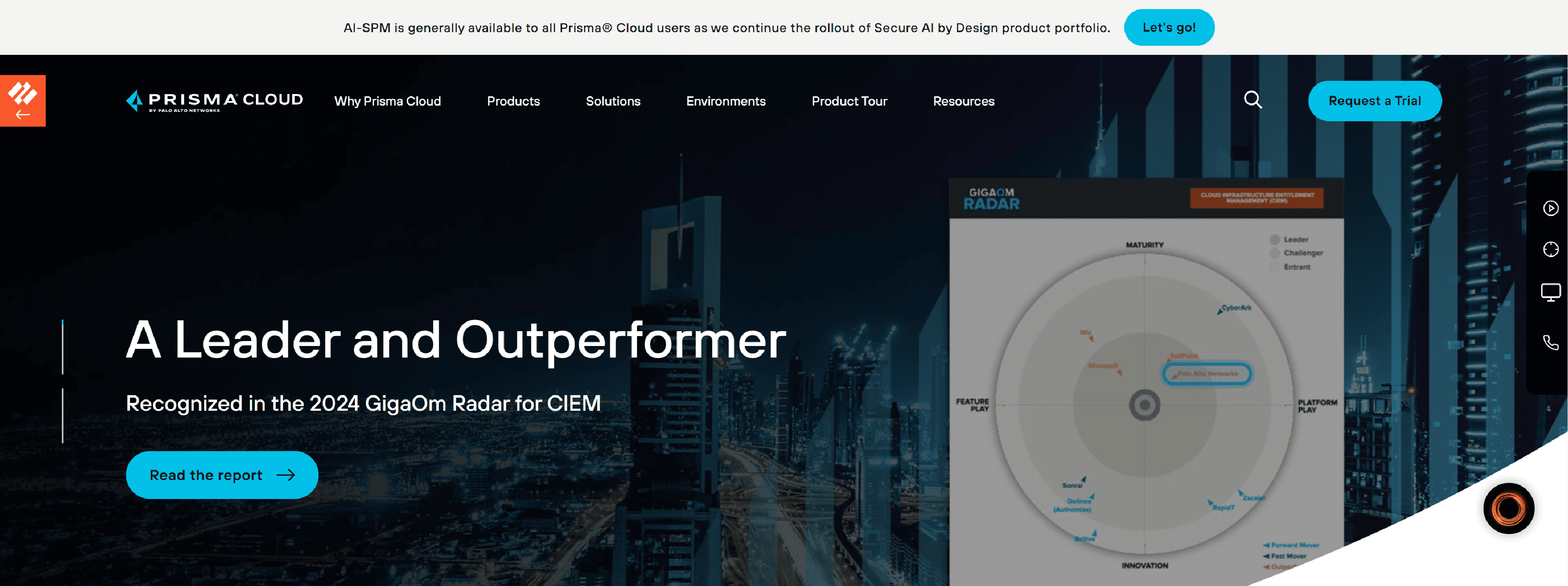
Prisma Cloud is the most complete Cloud Native Application Protection Platform (CNAPP) for code to cloud security in any cloud, multicloud, and hybrid environment.
- Query permissions across users, compute instances, cloud resources and more
- Monitor excessive and unused privileges
- Automate remediation of overly permissive roles
Cyberark
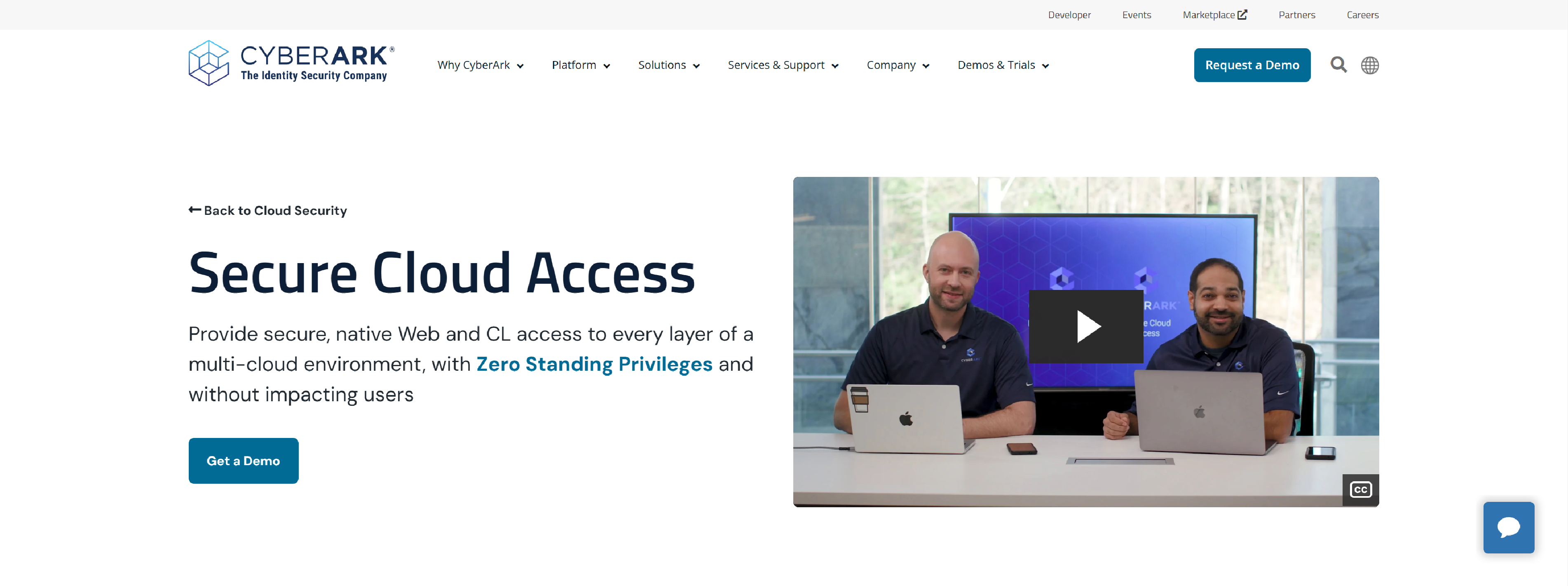
Cyberark – provide secure, native Web and CL access to every layer of a multi-cloud environment, with Zero Standing Privileges and without impacting users.
- Zero Standing Privileges
- Define Access Policies Globally
- Native Access to Cloud
- Dynamic Break-Glass Access
- Seamless integration
Fortinet
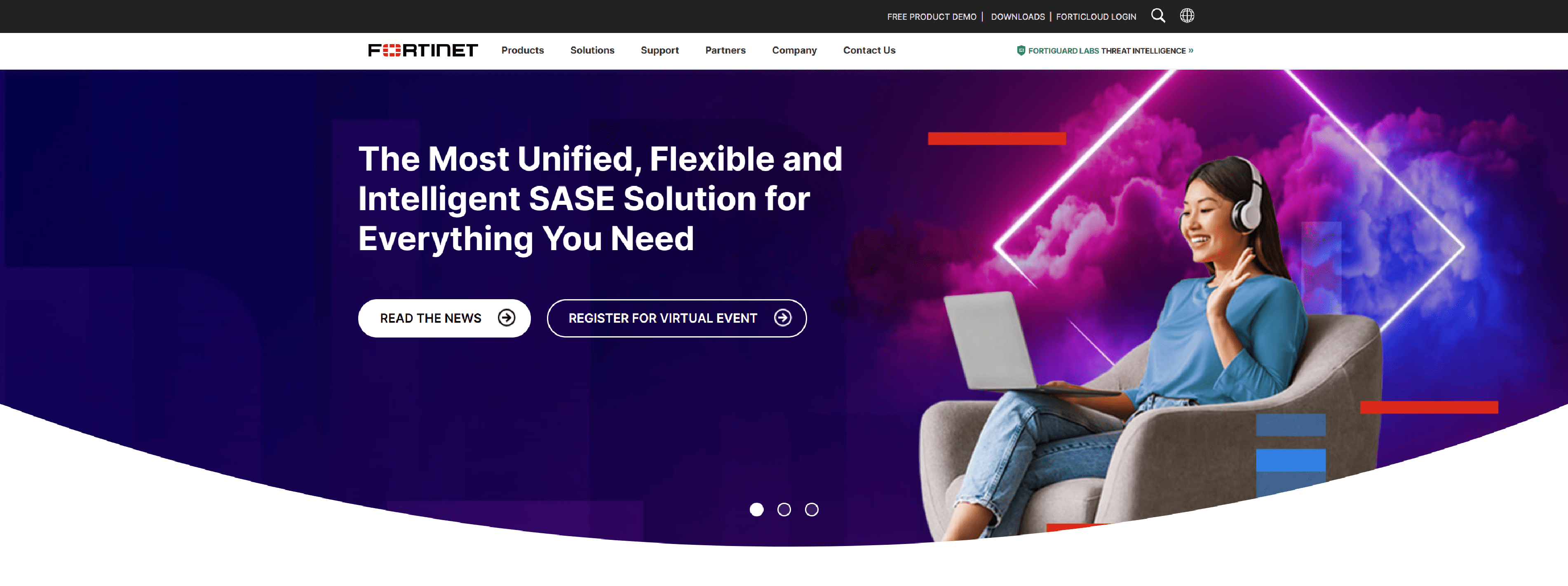
Fortinet Security Fabric delivers a rich set of application security solutions for protecting critical business applications.
- Applications Can Live Anywhere
- Edge Compute
- Deployment Complexity
- Forced Acceleration
- Cloud Threats
Wiz
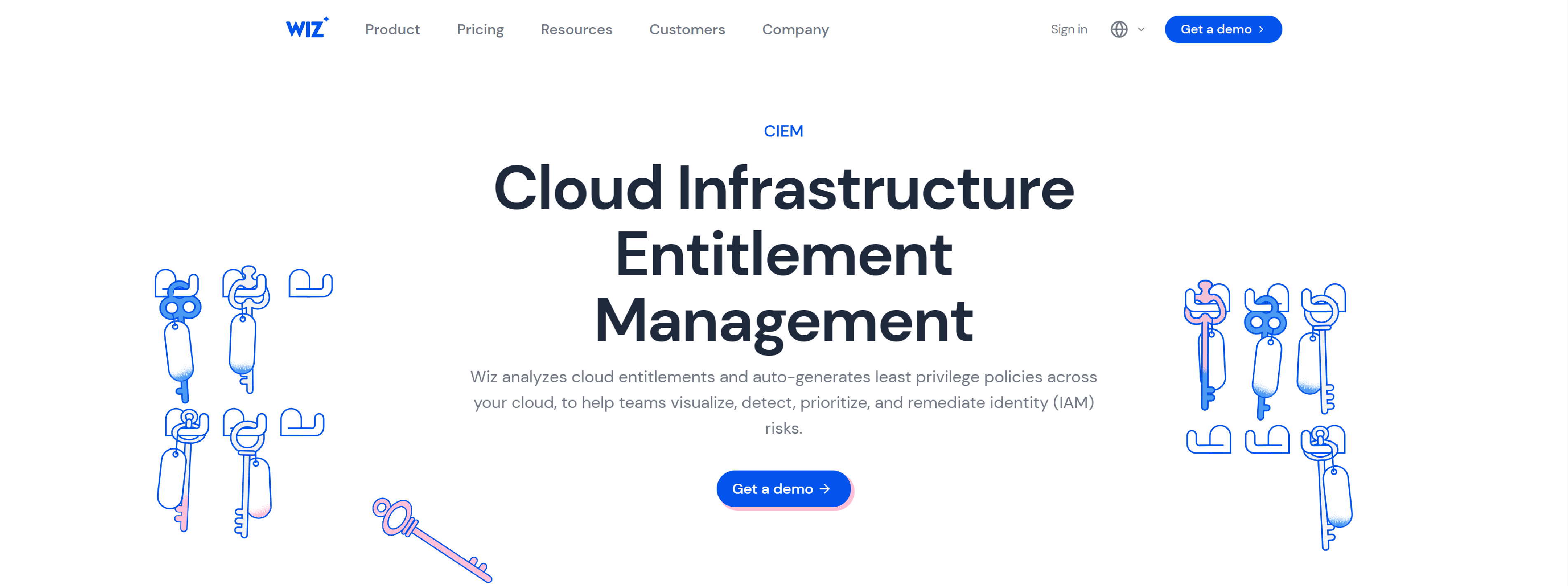
Wiz analyzes cloud entitlements and auto-generates least privilege policies across your cloud, to detect, prioritize, and remediate IAM risks.
- Understand effective permissions
- Detect identity risks
- Govern access with CIEM Explorer
- Monitor for exposed secrets and lateral movement
- Secure non-human identities
- Identity threat detection and response
Sailpoint

Sailpoint – govern and manage multi-cloud infrastructure with a single approach; apply clear policies and automate the lifecycle management of IaaS access.
- Get a graphical view of identity to cloud resources from their entitlements across all IaaS environments
- Use lifecycle management to ensure cloud access is achieved and removed appropriately
- Create cloud certification campaigns and generate reports to support compliance reporting
Bitdefender
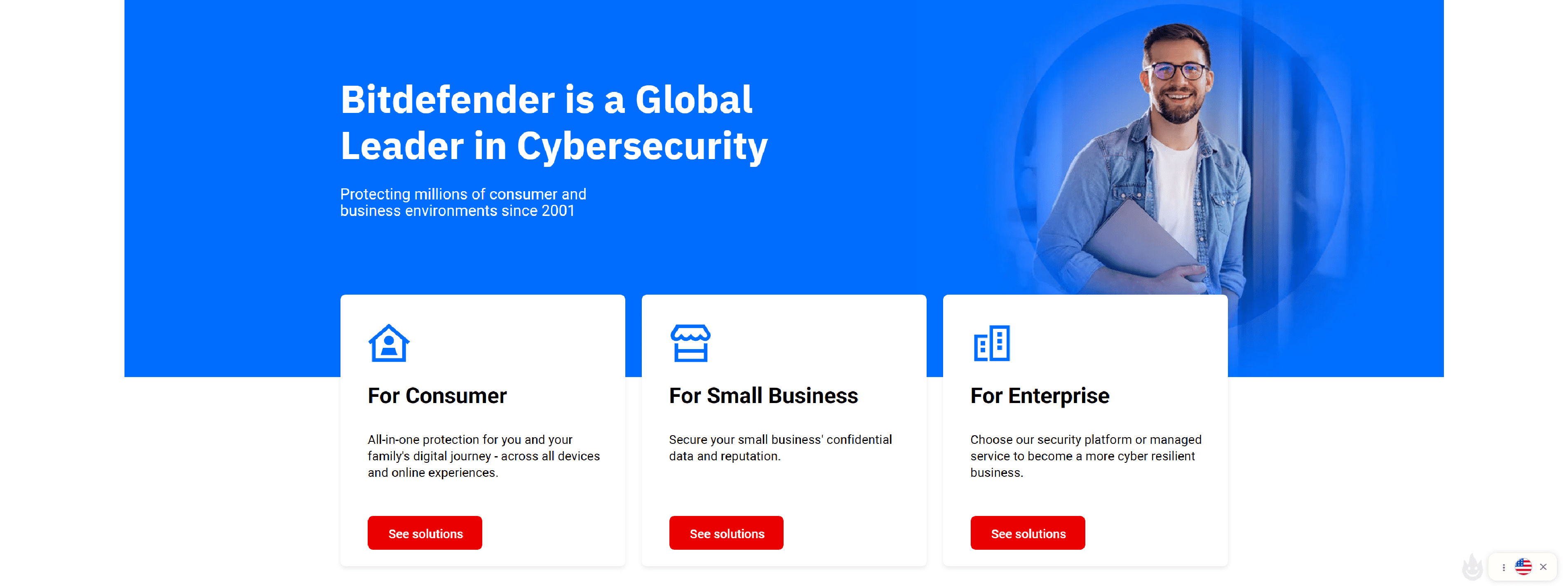
Bitdefender – go beyond regular Cloud Security Posture Management tools by adding CIEM and Threat Detection capabilities to your cloud security with GravityZone CSPM+.
- Visibility Into Your Cloud Footprint
- Uncover Risky Identities
- Accelerate Compliance
- Cloud Detection and Response
- Resolve Misconfigurations
Axiom

Addressing the Challenges of IAM Visibility The challenges in cloud security predominantly stem from inadequate visibility into identities, permissions, and resources. Axiom CIEM platform addresses this by automating the detection, analysis, and mitigation of access risks in cloud infrastructure.
- Multi-Cloud Asset Management
- Quick Remediation
- Policy Enforcement and Least Privilege
- Anomaly Detection
- Compliance Assurance